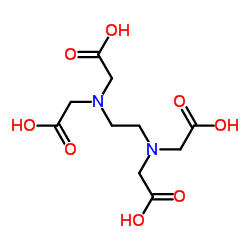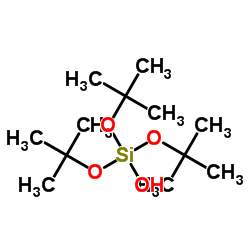| Structure | Name/CAS No. | Articles |
|---|---|---|
 |
Estradiol Benzoate
CAS:50-50-0 |
|
 |
DL-Serine
CAS:302-84-1 |
|
 |
Ethylenediaminetetraacetic acid
CAS:60-00-4 |
|
 |
Tris(2-methyl-2-propanyl) hydrogen orthosilicate
CAS:18166-43-3 |
|
 |
trisodium phosphate
CAS:7601-54-9 |
|
 |
SR-95531
CAS:104104-50-9 |